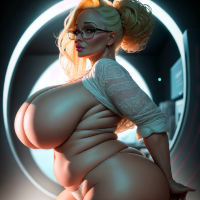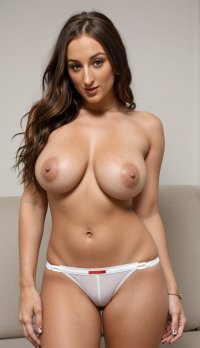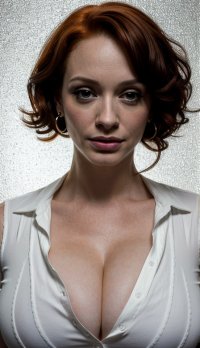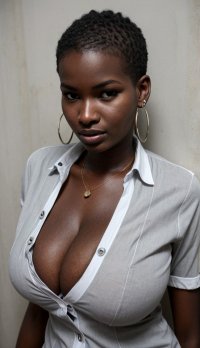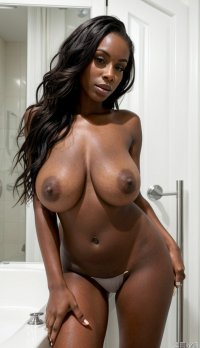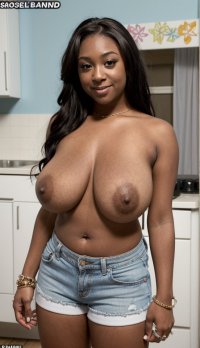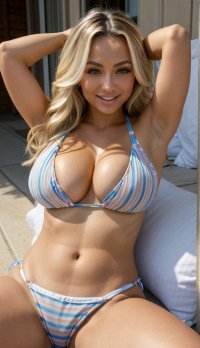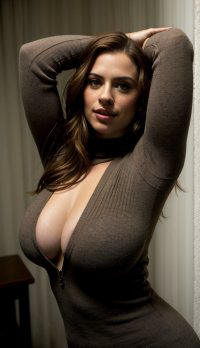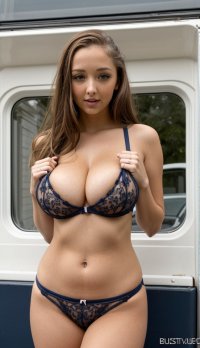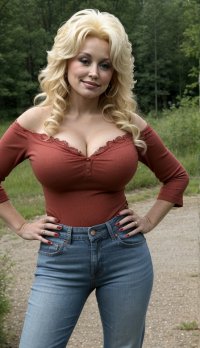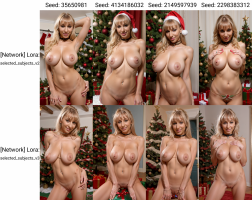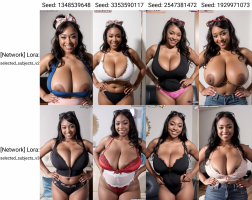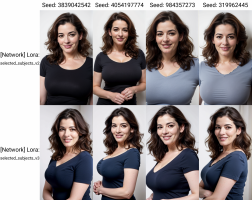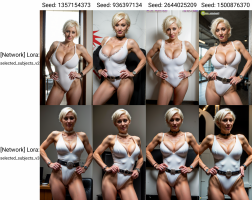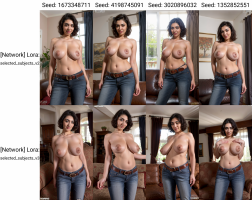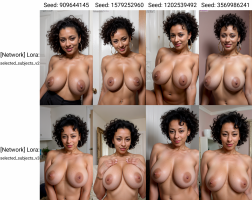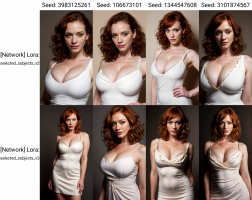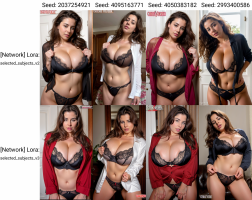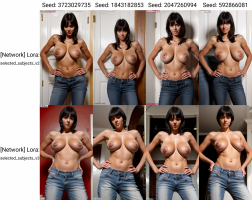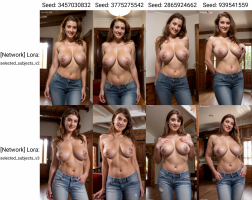There seems to be real interest in AI Image Generation here in the sub-forum, including lots of questions:
How do I do that?
How do I get started?
What software are you using; is it a website?
This thread is for these questions and technical discussion about AI image generation.
Personally, I started using Stable Diffusion.
Great tutorial here: https://www.datacamp.com/tutorial/how-to-run-stable-diffusion
With models downloaded from here: https://civitai.com/
How to Write Amazing Prompts: https://www.fotor.com/blog/stable-diffusion-prompts/
I would still be lost in 'free-for-a-week' online sites like https://sexy.ai/ or https://www.catbird.ai/
Feel free to ask questions and provide answers!
(Oh, and keep in mind gentlemen, the Rules of the Forum still and will always, apply to all our activity here. )
)
How do I do that?
How do I get started?
What software are you using; is it a website?
This thread is for these questions and technical discussion about AI image generation.
Personally, I started using Stable Diffusion.
Great tutorial here: https://www.datacamp.com/tutorial/how-to-run-stable-diffusion
With models downloaded from here: https://civitai.com/
How to Write Amazing Prompts: https://www.fotor.com/blog/stable-diffusion-prompts/
I would still be lost in 'free-for-a-week' online sites like https://sexy.ai/ or https://www.catbird.ai/
Feel free to ask questions and provide answers!
(Oh, and keep in mind gentlemen, the Rules of the Forum still and will always, apply to all our activity here.

